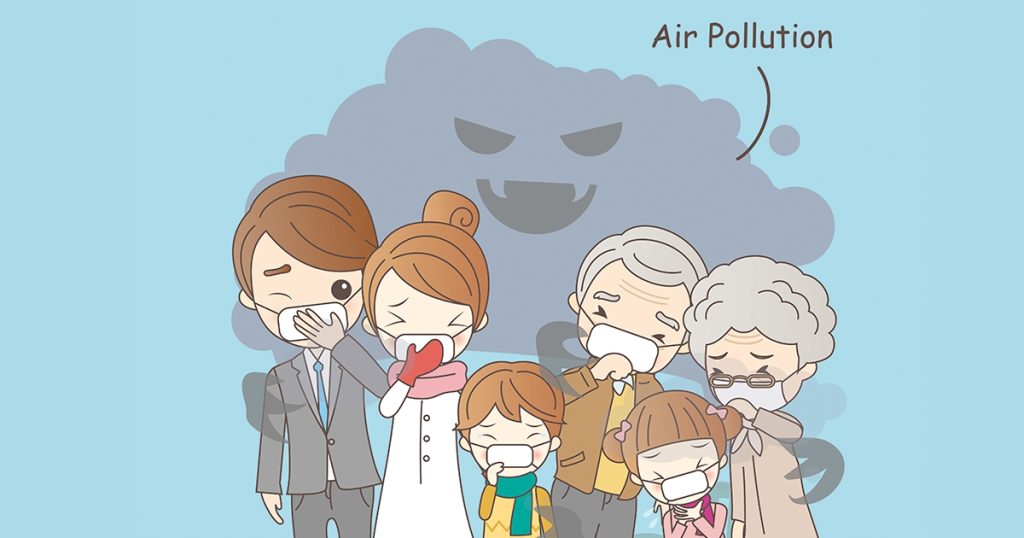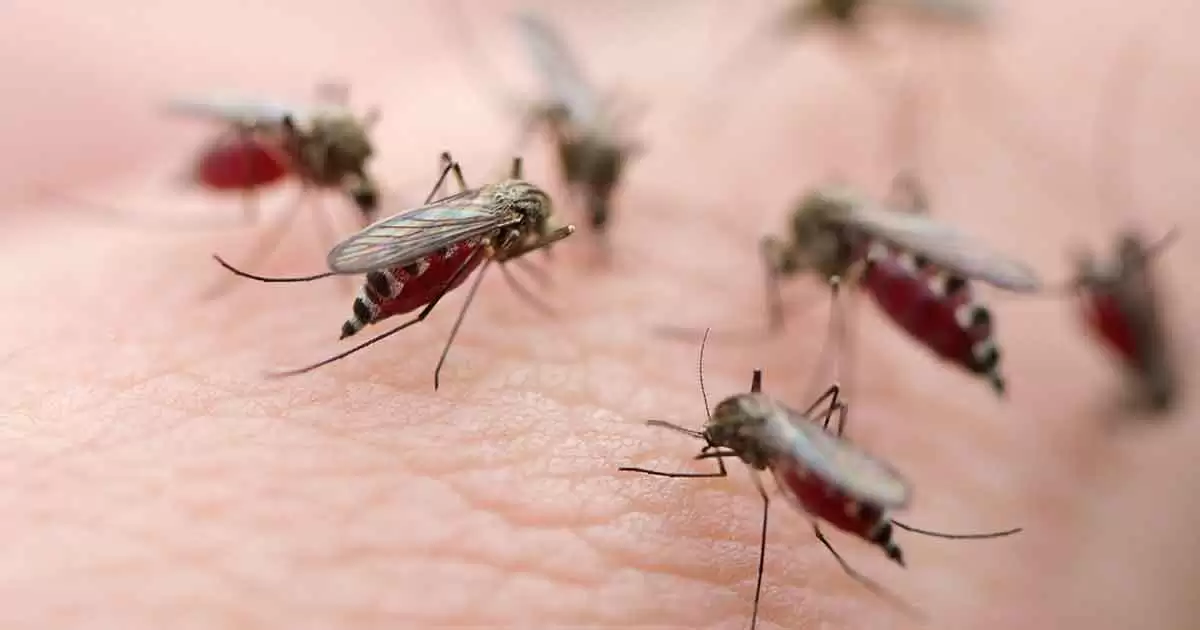
PM 2.5 and You
Home > Health Info > Health Articles

Another hazy day? Or Is it PM 2.5 been exceeded again?
Let’s understand what we’re dealing with what PM 2.5 really is. The term PM 2.5 refers to the size of particulate matter being smaller than two and a half microns.
Fine particulate matter (PM 2.5) is then an air pollutant that is a concern for people’s health when levels of tiny particles in air are high. PM 2.5 are tiny particles in the air that reduce visibility and cause the air to appear hazy when levels are elevated.
So how big is a micron? There are about 25,000 microns in an inch. The widths of the larger particles in the PM2.5 size range would be about thirty times thinner than that of a human hair. Put another way, the smaller particles are so small that several thousand of them could fit on the head of a pin.
How can PM2.5 affect my health?
Particles larger than 2.5 microns get stopped by the cilia and mucous in the upper respiratory tract, but in the smaller than PM 2.5 size range these are so small, they are able to travel deeply into the respiratory tract, reaching the alveoli in the lungs. Short term exposure to fine particles can cause short term health effects such as eye, nose, throat and lung irritation, coughing, sneezing, runny nose and shortness of breath. Exposure to fine particles can also affect lung function and worsen medical conditions such as asthma and heart disease.
Studies also suggest that long term exposure to fine particulate matter may be associated with increased rates of chronic bronchitis, reduced lung function and increased mortality from lung cancer and heart disease. People with breathing and heart problems, children and the elderly may be particularly sensitive to PM 2.5 and should wear a mask.

Share :




